Revolutionizing Home Assembly: The Essential Role of Furniture Fasteners Explained
In the realm of home assembly, the significance of furniture fasteners cannot be overstated. These seemingly simple components serve as the backbone of furniture construction and stability, transforming flat-packed items into sturdy and functional pieces of art. From screws and dowels to brackets and cam locks, furniture fasteners play an essential role in ensuring that assembled items withstand the test of time and usage. As more consumers embrace DIY projects and assemble their own furniture, understanding the various types and uses of these fasteners has become crucial. This article will delve into the different types of furniture fasteners, their unique functionalities, and tips for selecting the right one for your needs, ultimately revolutionizing the way we approach home assembly. By appreciating the vital part that furniture fasteners play, you can feel more confident in your assembly skills and enjoy a seamless process in creating a beautiful living space.
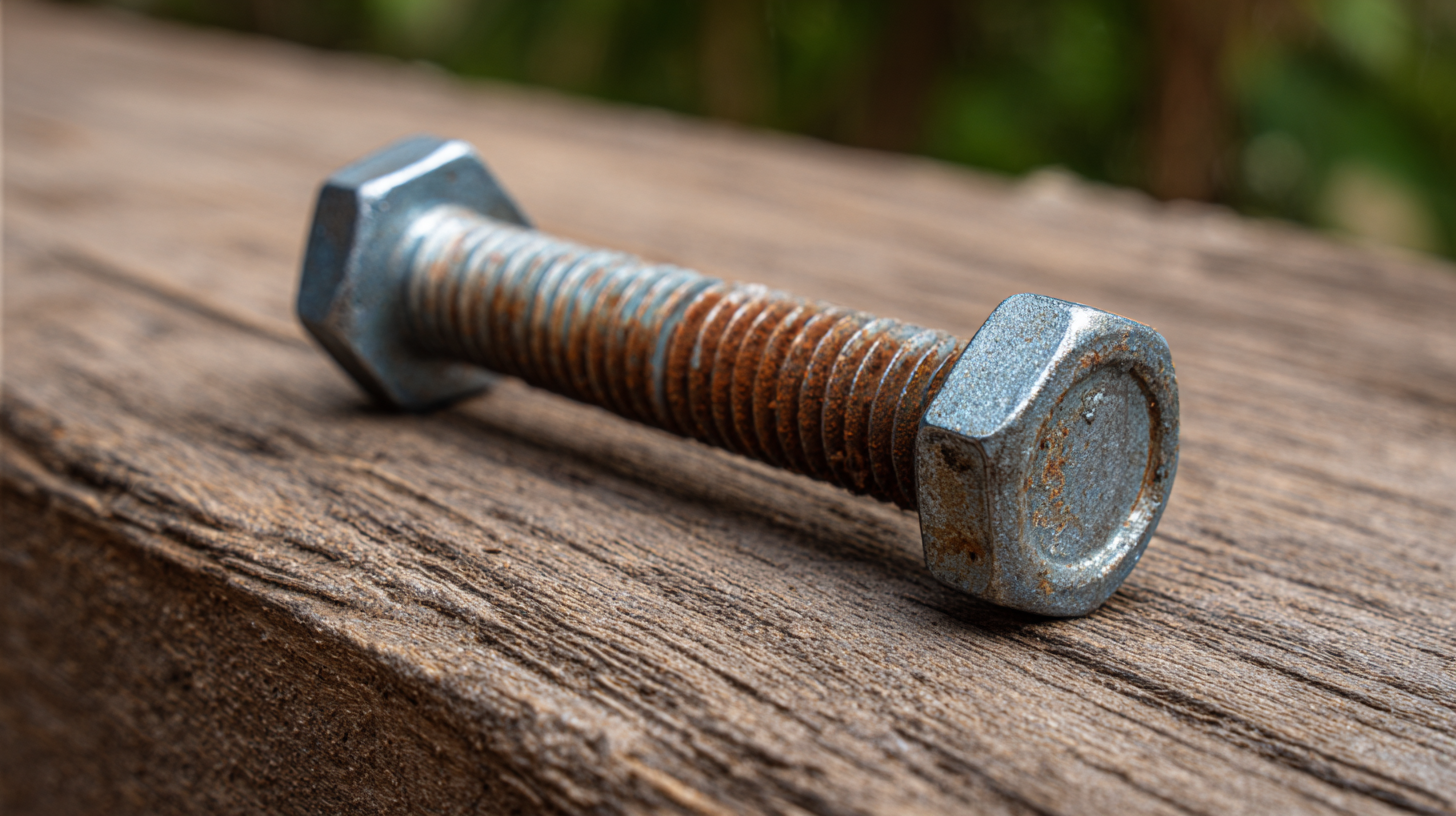
Understanding Different Types of Furniture Fasteners and Their Applications
Furniture fasteners play a crucial role in home assembly, ensuring that pieces come together securely and last through years of use. Understanding the various types of fasteners is essential for both manufacturers and consumers. Common types include screws, dowels, cam locks, and glue, each serving specific applications. According to a recent industry report by Technavio, the global furniture fasteners market is projected to grow by 4.2% annually, highlighting the increasing importance of quality fasteners in furniture design and assembly.
When choosing furniture fasteners, consider the material and weight of the items being assembled. For instance, heavier furniture often requires robust screws or metal connectors to ensure stability. Additionally, specialized fasteners like pocket holes can provide hidden reinforcement, enhancing aesthetics while maintaining strength.
**Tips:** Always use the recommended fasteners as specified by the manufacturer to avoid potential damage. Also, consider utilizing wood glue along with mechanical fasteners for added durability, particularly in pieces that will endure regular use. Proper installation techniques can significantly extend the life of your furniture and maintain its structural integrity.
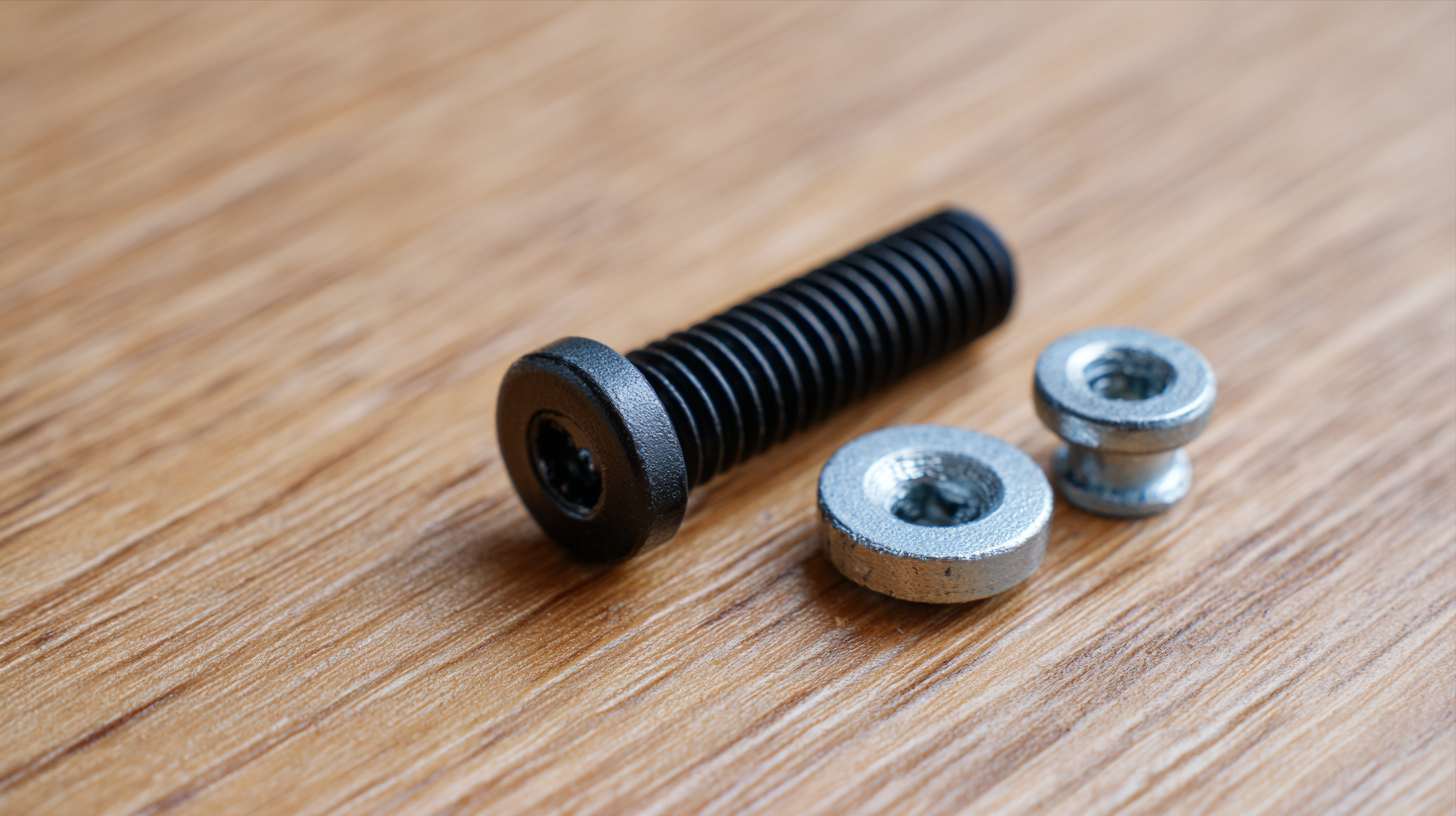
The Impact of Quality Fasteners on Furniture Stability and Longevity
The quality of furniture fasteners plays a crucial role in ensuring the stability and longevity of assembled products. Fasteners, which come in various forms such as external threads, internal threads, non-threaded options, and aerospace-grade components, are essential in holding together furniture structures. The marketplace for industrial fasteners is expanding rapidly, driven by innovations in materials and design. Both metal and plastic fasteners are utilized, offering different advantages based on application needs.
In terms of application, the construction and furniture industries heavily rely on high-quality fasteners to guarantee safety and durability. Poor fastener quality can lead to instability, compromising the integrity of furniture over time. Thus, investing in superior fasteners is vital for manufacturers looking to enhance their product reliability. As the market grows, focusing on the impact of materials and technologies will be essential for companies aiming to innovate within the furniture assembly sector.
Innovations in Furniture Fastener Design: A Look into Modern Solutions
In recent years, innovations in furniture fastener design have significantly transformed the way we approach home assembly. With an estimated global market for furniture fasteners projected to reach $15 billion by 2025, the emphasis has shifted towards creating solutions that not only enhance durability but also simplify assembly processes. Modern fasteners are engineered to be user-friendly, reducing the need for specialized tools and enabling consumers to easily assemble their furniture within minutes. This radical simplification meets the demands of the growing DIY culture and accelerates the assembly time, which can decrease from hours to mere moments.
Additionally, advancements in materials and technology have led to the development of eco-friendly fasteners, reflecting a broader trend toward sustainability in furniture production. For example, research highlights that approximately 70% of consumers are more inclined to purchase furniture made from sustainable materials, including biodegradable fasteners. Innovations such as cam locks and dowel joints, which provide superior stability and strength while remaining lightweight, are setting new industry standards. By prioritizing both functionality and environmental responsibility, the latest furniture fasteners are paving the way for a revolution in home assembly, ultimately enhancing user experience and promoting a more sustainable future.
How to Choose the Right Furniture Fastener for Your Assembly Needs
Choosing the right furniture fastener is crucial for ensuring the durability and stability of your assembled furniture. According to a report by the Woodworking Industry Association, approximately 70% of furniture assembly failures can be attributed to using inappropriate fasteners. Understanding the different types of fasteners available—such as screws, dowels, and brackets—can help you make informed decisions based on the specific requirements of your project.
When selecting fasteners, consider the material of both the furniture pieces and the fasteners themselves. For instance, metal fasteners are ideal for heavy pieces, while wooden dowels might be sufficient for lighter items. Additionally, pay attention to the dimensions of the fastener; using oversized or undersized fasteners can compromise the integrity of your furniture over time.
**Tips:** Always test the fit of the fastener before completing assembly to ensure stability. If you're assembling a piece that will bear weight, opt for multiple fasteners to distribute the load evenly. Finally, referring to detailed manufacturer guidelines can provide insights into the optimal fasteners for specific furniture types, fostering a successful assembly experience.
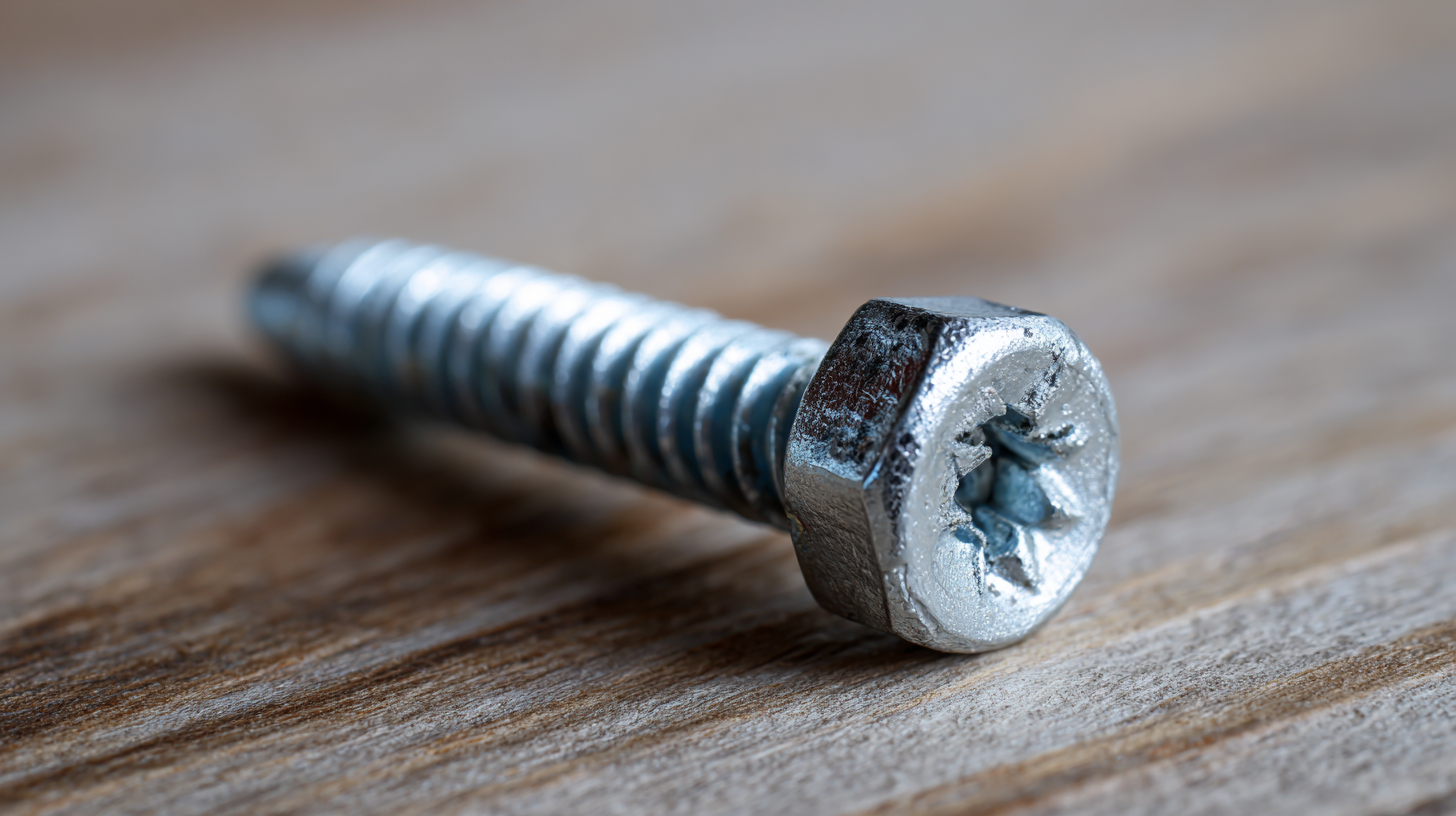
Common Mistakes to Avoid When Using Furniture Fasteners
When it comes to assembling furniture, using the right fasteners is crucial for both functionality and durability. However, many DIY enthusiasts fall victim to common mistakes that can compromise their projects. One notable error is underestimating the importance of fastener type. According to industry studies, approximately 30% of assembly failures stem from using the wrong screws or connectors, which can lead not only to wobbly furniture but also to safety hazards. It's essential to select fasteners specifically designed for the type of material and weight of the furniture piece you are working on.
Another frequent pitfall is neglecting pre-drilling holes, especially in hardwoods. Research indicates that most wood splitting issues could be avoided through proper preparation, which adds minimal time to the assembly process but significantly enhances structural integrity. Furthermore, many overlook the importance of tightening fasteners appropriately; while over-tightening can strip screws and damage materials, under-tightening can result in instability. By being mindful of these common mistakes, furniture assembly can become a more straightforward and successful endeavor.
Revolutionizing Home Assembly: The Essential Role of Furniture Fasteners Explained - Common Mistakes to Avoid When Using Furniture Fasteners
| Fastener Type | Common Uses | Mistakes to Avoid | Best Practices |
|---|---|---|---|
| Wood Screws | Joining wooden components | Over-tightening can strip the wood | Pre-drill holes to prevent splitting |
| Dowels | Aligning panels or components | Incorrect sizing can lead to weak joints | Use a dowel center for precise alignment |
| Cam Locks | Flat-pack assembly | Forgetting to insert cam before tightening | Follow assembly instructions closely |
| Nails | Frame construction | Using the wrong nail size | Choose nails appropriate for the material |
| Bolts | Heavy-duty fastening | Neglecting to use washers | Always use washers for stability |
Related Posts
-

The Ultimate Guide to Choosing the Right Furniture Screw for Your Projects
-

7 Tips for Choosing the Right Button Head Bolt for Your Project
-

How to Choose the Right Truss Head Carriage Bolt for Your Project
-
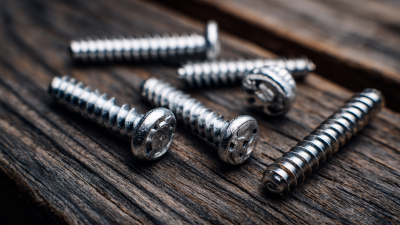
How to Choose the Right Stainless Wood Screw for Your Next DIY Project
-
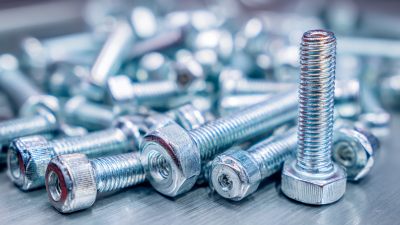
Innovative Trends in Truss Head Carriage Bolt Industry at 2025 China Import and Export Fair
-
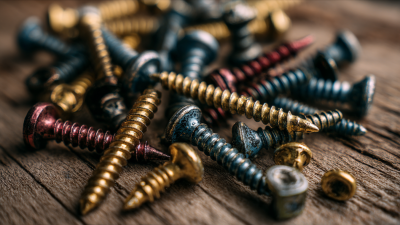
The Essential Guide to Choosing the Right Furniture Screw for Your DIY Projects
